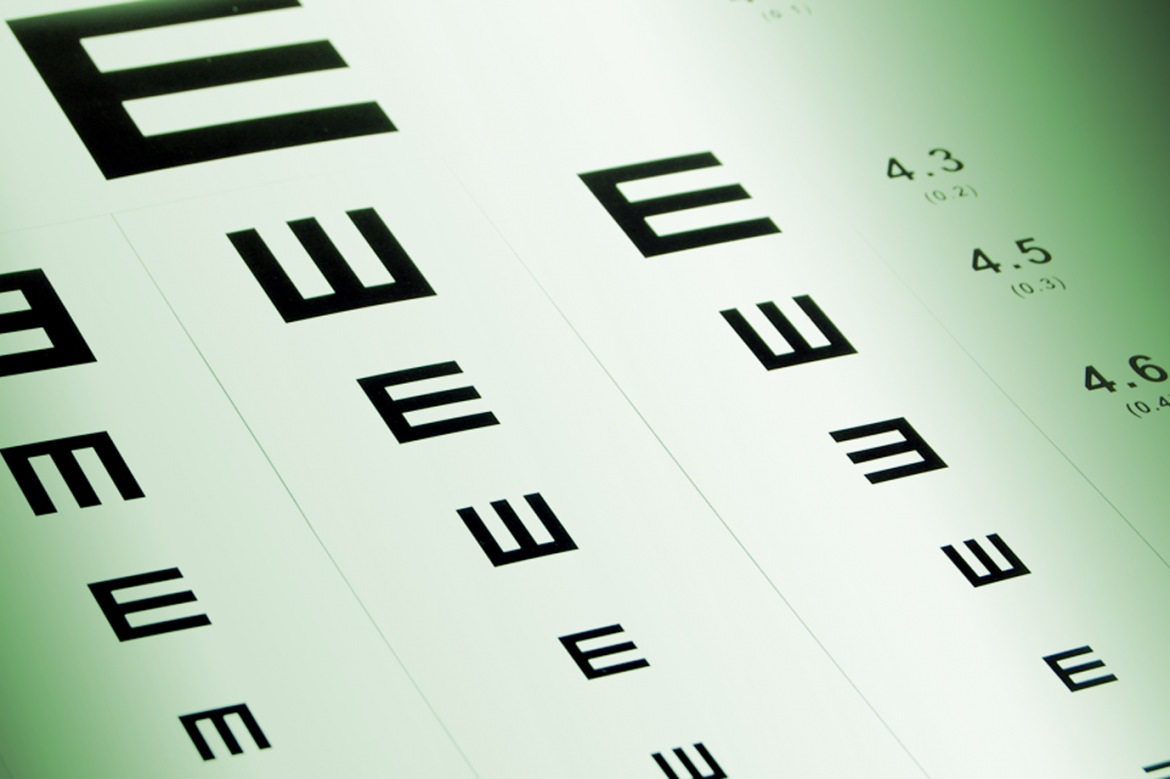Education, lifestyle seen as factors…
A comprehensive study has revealed that about a quarter of European population is short-sighted, with the ratio of the myopic climbing to 47 percent among younger Europeans with ages from 25 to 29. The data herald a not-too-distant date for the inhabitants of the Old Continent to catch up with East Asia where 80% of the urban youth have myopia.
The meta-analysis led by researchers from King’s College London is based on 15 different studies conducted by the European Eye Epidemiology Consortium covering some 60.000 people. The analysis published in the Journal Ophtalmology, highlights a clear correlation between the level of education and myopia. Findings show that incidence of myopia among people who have completed higher education is about twice of that for those with primary school education.
Researchers point to demands of modern education, longer study times, working with computers and less time devoted to outdoor activities as possible factors influencing the rise of short-sightedness.
A family history of short-sightedness and modern lifestyles with increased reliance on mobile devices also have likely roles in eye-deformation.
In myopia which develops in childhood and adolescence, the elongation of the eye orb causes the light to focus not on the retina but in front of it, causing blurred vision.
Vision may be corrected by wearing eye glasses or contacts or undergoing corrective laser surgery.
REFERENCES
- 1. “New study finds short-sightedness is becoming more common across Europe”, King’s College London, 11 May 2015

